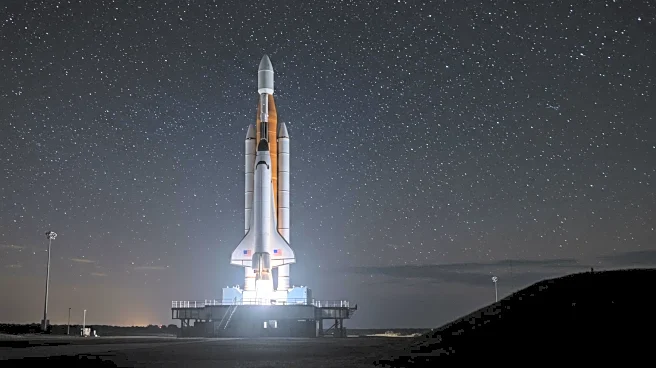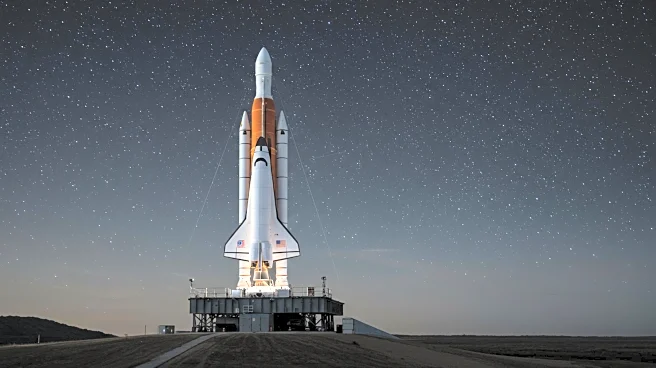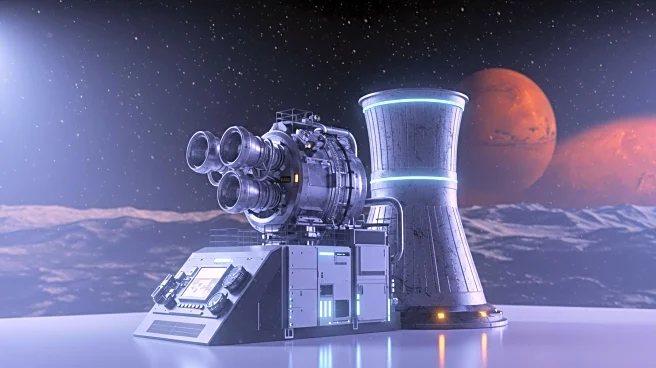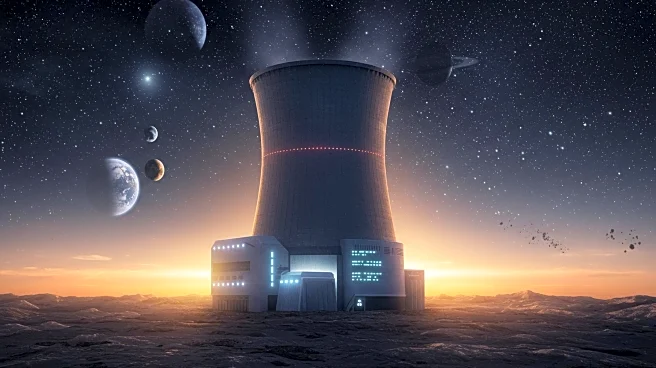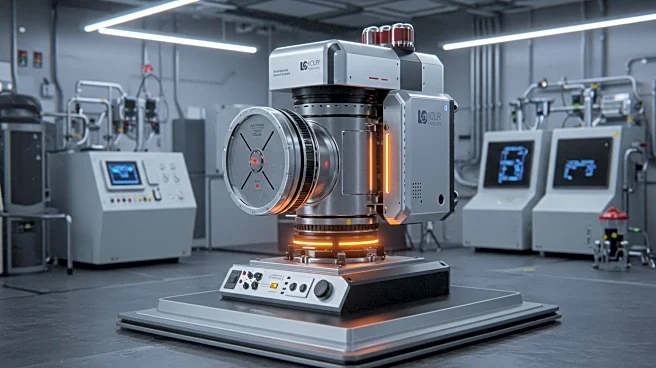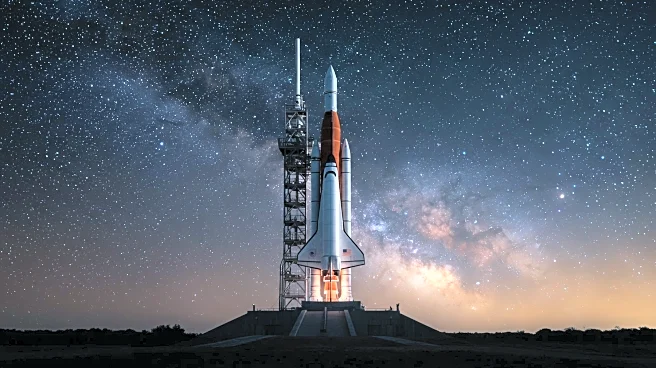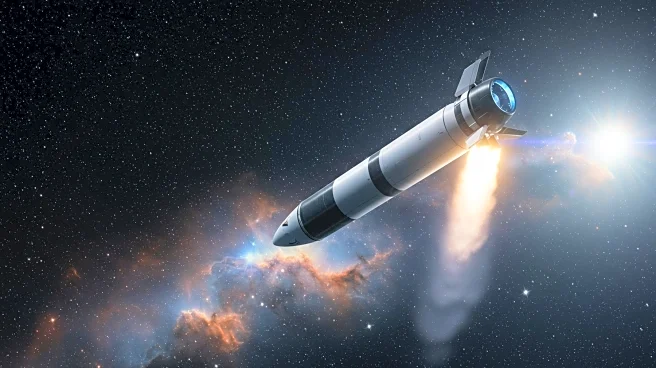Rapid Read • 7 min read
NASA's Glenn Research Center in Cleveland is actively seeking feedback from industry partners on the development of a Fission Surface Power (FSP) System. This system is designed to provide sustainable electrical power for future lunar and Mars missions, supporting NASA's broader initiative to return humans to the Moon and eventually send the first American astronaut to Mars. The proposed system aims to produce at least 100 kilowatts of electrical power, weigh less than 15 metric tons, and utilize a closed Brayton cycle power conversion system. The target for launch readiness is set for the first quarter of fiscal year 2030. NASA is inviting companies to respond to a Request for Information (RFI) to offer insights on service capabilities, including development, testing, transportation, and sustained operation of the system.
AD
The development of a reliable and efficient power system is crucial for the success of long-term human exploration missions on the Moon and Mars. By engaging the commercial space industry, NASA aims to foster innovation and collaboration that could lead to breakthroughs in space technology. This initiative not only supports NASA's exploration goals but also strengthens U.S. national security in space by ensuring a continuous power supply for critical operations. The involvement of industry partners could accelerate technological advancements and reduce costs, benefiting both NASA and the participating companies.
Companies interested in participating are encouraged to submit their responses to the RFI by August 21, 2025. NASA is seeking detailed feedback on potential risks, capability gaps, and the level of agency support required for the project. The agency is also interested in understanding the benefits and drawbacks of providing related services such as communications support or thermal management. The responses will help NASA refine its approach and identify potential collaborators for the FSP system development.
AD
More Stories You Might Enjoy
